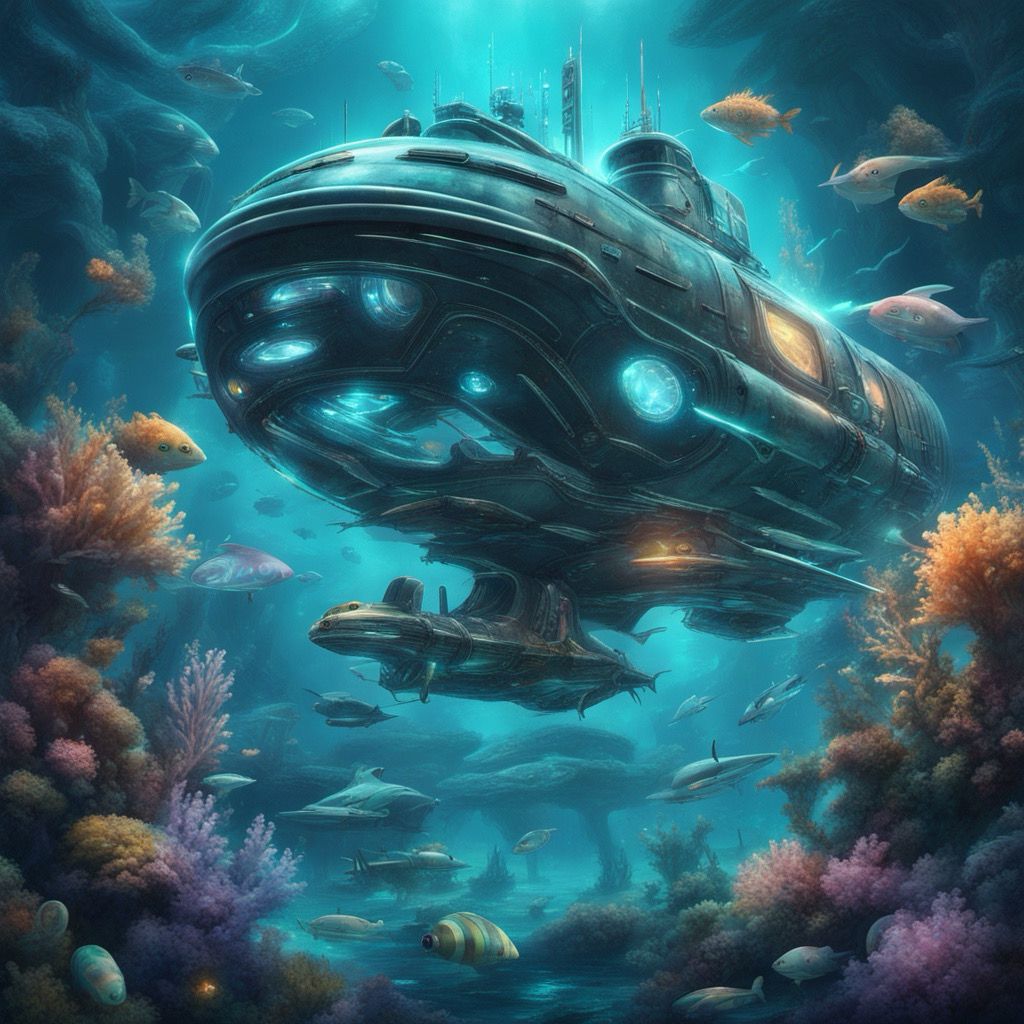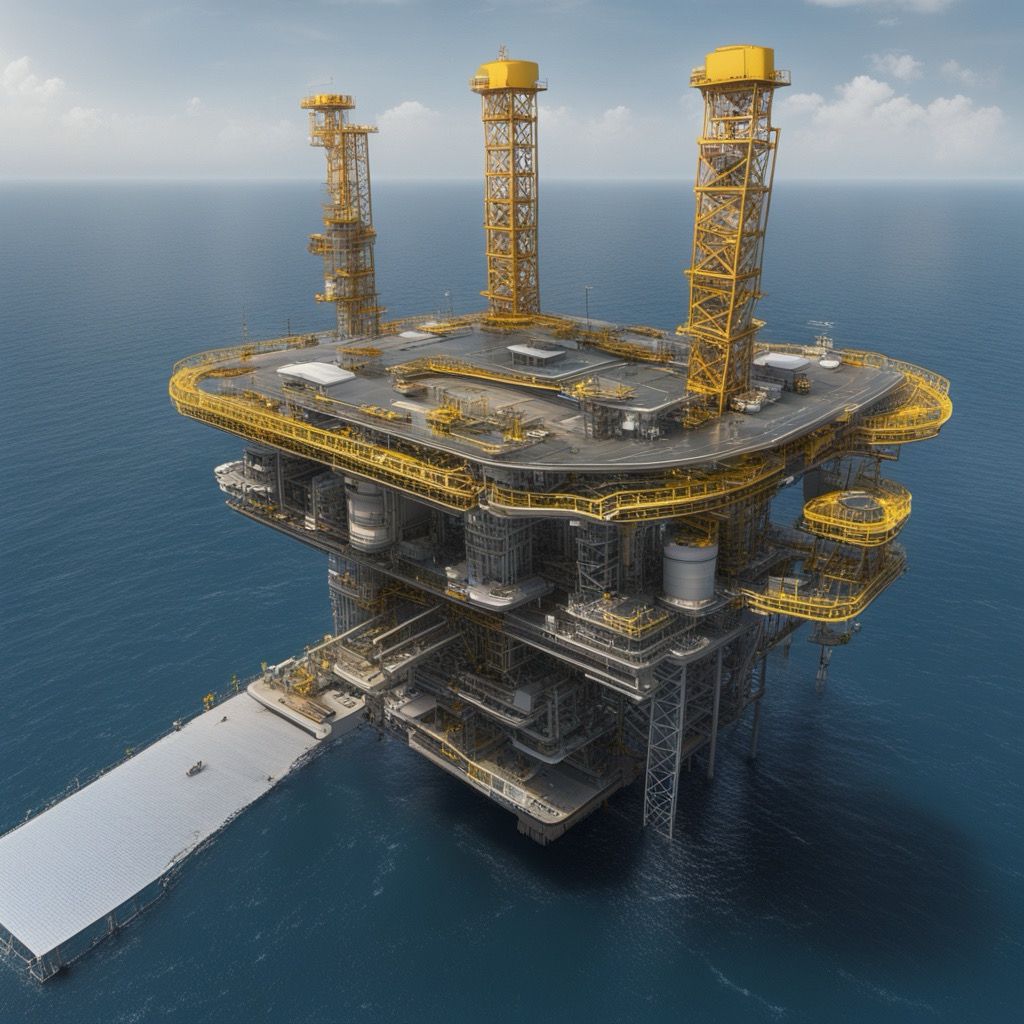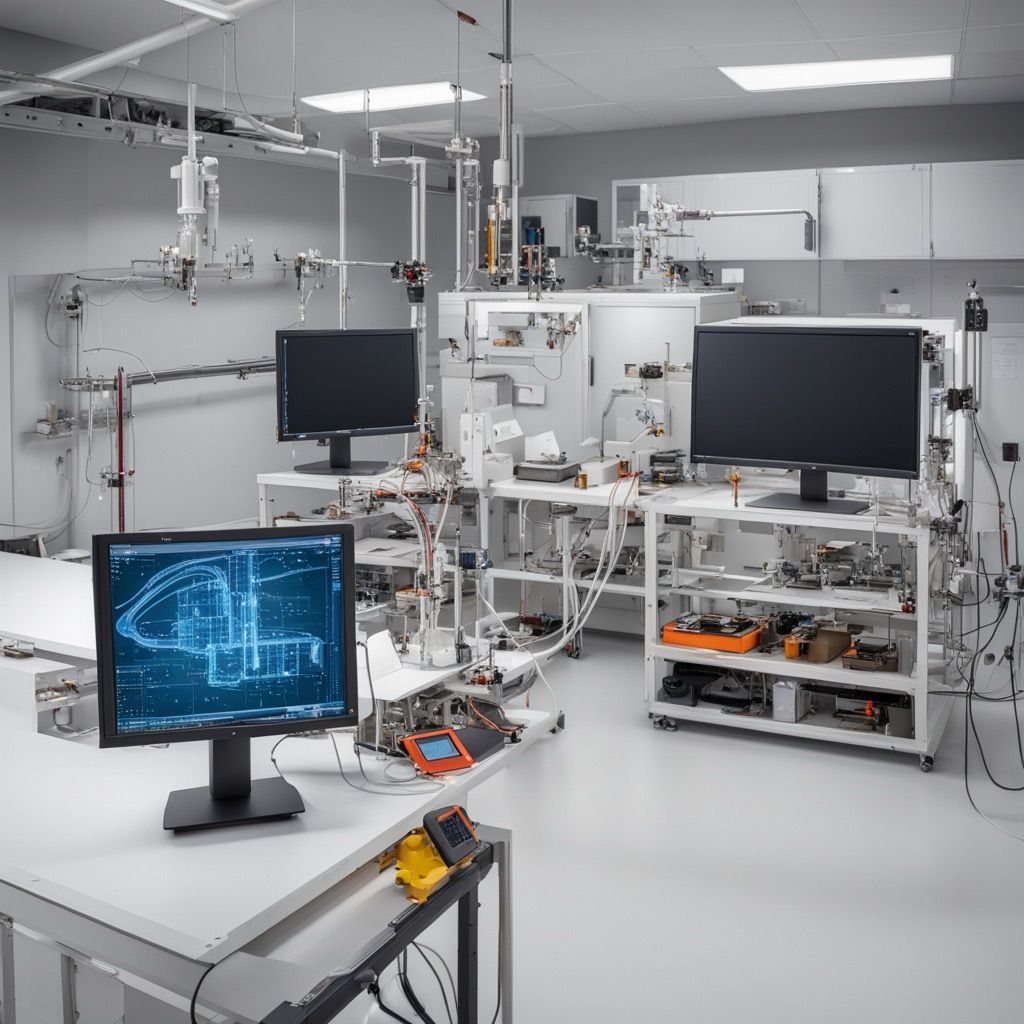Published: 4 months ago

Technology
Science
Summary
Explore the cutting-edge world of submarine design using virtual reality and mixed reality technology. From long-life reactor cores to advanced detection capabilities, stealth enhancements, and revolutionary propulsion systems, this captivating story delves into the future of underwater warfare. Join us on a journey through innovation and technological advancements that will shape the submarines o
Article
In the fast-paced world of submarine design, virtual reality technology is revolutionizing the way designers create the most advanced and lethal submarines. With the ability to have a virtual walk-through of the submarine in an immersive environment, designers can make crucial design, layout, and accessibility improvements before a single piece of steel is cut. This not only saves time and resources but also ensures that the submarine is optimized for operations and maintenance from the very beginning.
But the future of submarine design goes beyond virtual reality. With the blending of Virtual Reality immersive environments and Real World through HoloLens, the possibilities are endless. Imagine being able to see and interact with a submarine in real-time, making design decisions on the fly and creating a truly collaborative design process.
One of the most groundbreaking developments in submarine design is the concept of a 'Life-of-Ship' reactor core. By engineering a reactor core that can last for the entire service life of the submarine, the US Navy is able to build fewer submarines without sacrificing sea presence or operational availability. This forward-thinking approach not only saves billions of dollars in acquisition and lifecycle costs but also ensures that the submarines are at the cutting edge of technology for decades to come.
In addition to advancements in reactor technology, new underwater detection techniques are changing the game for submarine operations. By utilizing lower frequency active sonar and non-acoustic methods of detection, submarines can operate more stealthily and effectively in enemy waters. The use of laser light to detect submarines' presence is just one example of the innovative ways in which submarines are staying ahead of the curve.
The Columbia class submarines are incorporating next-generation technologies, including a large aperture bow array sonar and a fly-by-wire joystick control system. These advancements not only improve the submarines' capabilities but also save costs by leveraging existing systems from the Virginia class submarines.
Stealth and sensor technology are also at the forefront of submarine design, with a focus on achieving 'Acoustic Superiority'. By using advanced acoustic technologies and coatings for the hull, submarines can operate undetected in enemy waters and have a better ability to detect adversaries at farther ranges.
From VLF communication to maintenance-free shafts and silent propulsion systems, the future of submarine design is brighter than ever. With innovations like the rim-driven pump-jet and integrated electrical propulsion systems, submarines are becoming quieter, more efficient, and more powerful than ever before.
The world of submarine design is constantly evolving, with new technologies and advancements pushing the boundaries of what is possible. By harnessing the power of virtual reality, advanced detection techniques, and cutting-edge propulsion systems, submarines are poised to become the most lethal and advanced vessels on the high seas. The future of submarine design is here, and it is nothing short of extraordinary.
No opinions exist on this article yet!
Be the first one to share an opinion on this article.
This article does not have any attachments.
No Access
Share access to start recording your opinion











